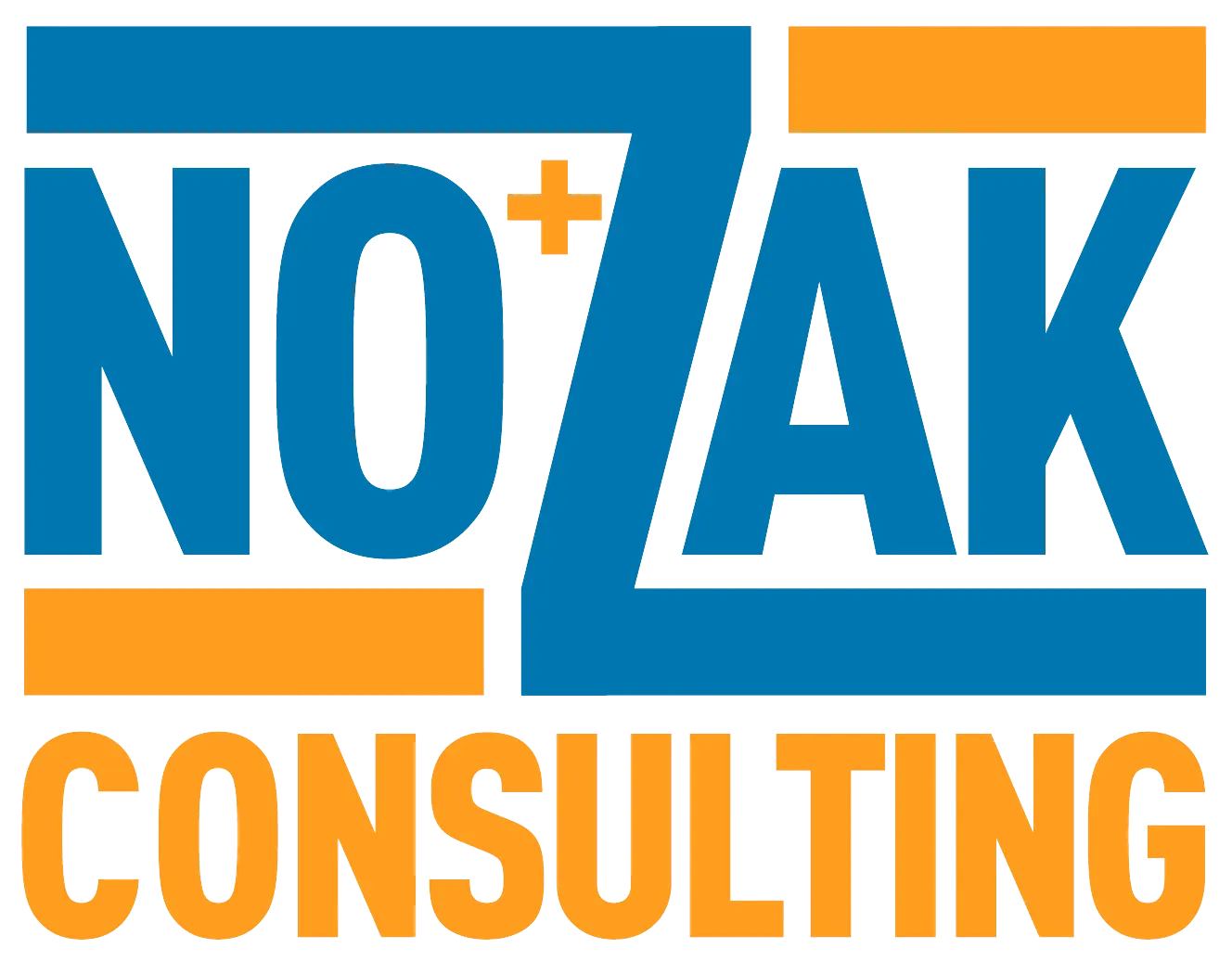Learn about what lead generation is with Nozak Consulting.
Lead generation is the method by which marketing departments attempt to grow the number of visitors at the top of the sales funnel. It is a tactic that is based on building potential customers from visitors. Generating leads increases the number of potential customers and visitors.
Lead generation also encompasses several key aspects of a business, such as customer service. The process can be helped by having the input of former customers, tailored approaches to new customers, and a keen understanding of who’s interested in the products or services a company sells.

What Is a Lead?
In order to understand how leads are generated, we first need to know what a lead is.
A lead is anyone at the top of a sales funnel that has yet to enter into it. They are potential customers and can be scored and organized based on how likely it is that they are going to make a purchase.
Leads are important because each lead has the potential to become a source of revenue and expansion for a business. Remember, the best-case scenario is that your leads generate more leads by word of mouth and advocacy of a brand or product.
There are several types of leads that marketers deal with. Some of them are marketing qualified, meaning that they are interested in your marketing materials. Others are sales qualified, meaning that they’ve spoken to or interacted with a sales team or sales mechanism.
The further down the sales funnel a lead goes, the more important it becomes to interact and work with them. The more leads you can get to move from a marketing qualified lead to a sales qualified lead, the more likely you are to increase revenue.
With that in mind, let’s take a look at how leads are generated.
How Leads are Generated
In order to gain a better understanding of lead generation, let’s break down a step-by-step approach to the various methods used. These are strategies that every business should seek to implement.
1. Target Audience
Using research and analytics, a target audience needs to be chosen. Who makes up this target audience is based upon past behavior and the likelihood that members of a select group will become customers.
Attributes that are selected to form a target audience are broad. The optimal group can be judged by age, sex, income, location, and interests. There are others, but this gives a broad scope and understanding of who is interested in the products and services offered.
2. Promotional Channels
The key to generating leads is to get exposure. The more people that see a product or service, the more that will become interested in it. Take in ideas and let your marketing and sales team really investigate which promotional channels work the best for them.
Here are some examples and explanations of promotional channels.
Email – Email is a great way to connect with potential customers. It can also be used to connect with previous customers as well. Make sure you have a registration process or form that encourages potential leads to submit their email.
Social Media – Nothing drives leads like having a social media presence that can humanize your brand. Inspiring interaction and communication between potential leads and a social media presence is a great way to start filling the sales funnel. Consider using story-based marketing on social media to reach even more leads.
Content – Content is one of the best ways to provide information about products and services. This information can grow the authority of your brand. Doing this gives potential leads a place to engage with the website and information they may need to make an informed decision.
Blogs – Blogs are a great way to spread information and word about a brand or company. Use a blog to promote what you’re offering, and how it can benefit the people reading. This can also be used to encourage form compliance, and to solicit contact between the company and potential leads.
Samples – This can be industry-specific, but having samples available or free trials has long been established as a great way to connect to potential leads. People that use a product or service, or get to try it, are much more likely to make a purchase if they like what they’ve tried.
3. Data Collection
Making contact and interactions with leads is important, but you also need to gather as much information as possible. Understanding exactly who you’re marketing to helps streamline sales pitches and deals to conform to the best possible outcome.
Behavioral data and metrics are important, as are demographic data and understanding who your leads are. This can help you target a certain aspect of society, one that is more likely to become a qualified lead for your business. Data makes work more efficient.
4. Use Promotional Channels
Knowing and having promotional channels is important, but using them is the entire point. Social media is perhaps the best option in this regard because you can interact on a human level with potential leads. This humanizes the brand, which we know makes it more likely to make a sale, as well as treats customers as people, not numbers.
Content can also be leveraged on social media. Understand what keywords and phrases are being associated with your brand, and use them to your advantage. Reach out via emails and blogs, combine your approach so that you build as many leads as possible from as many different channels as possible.
